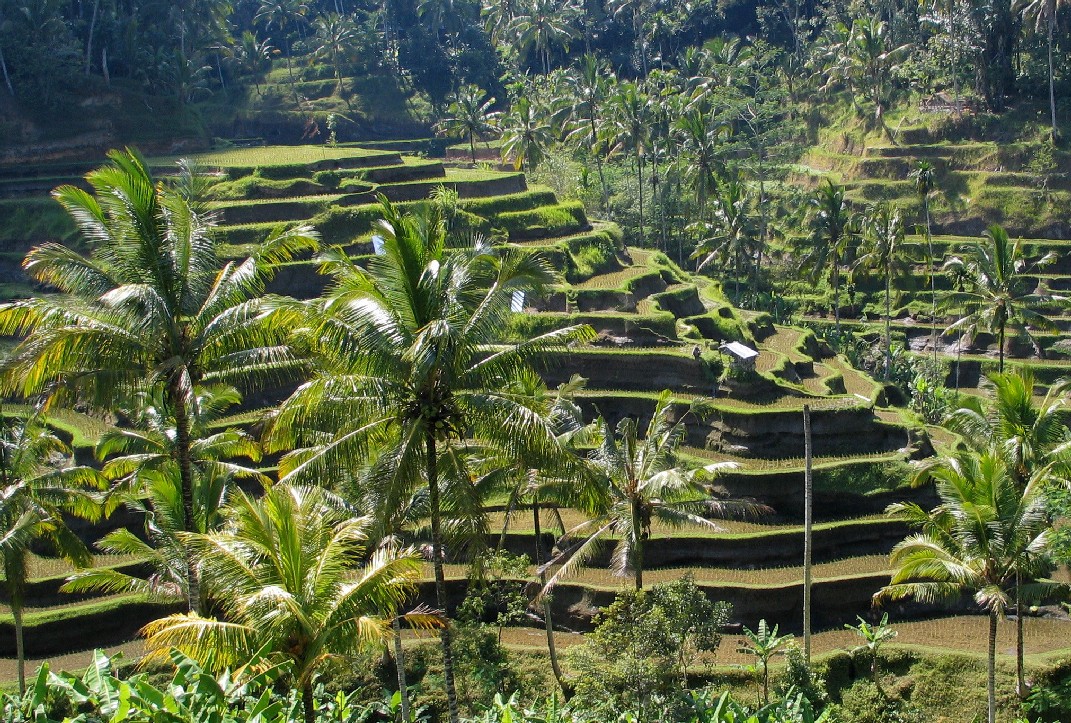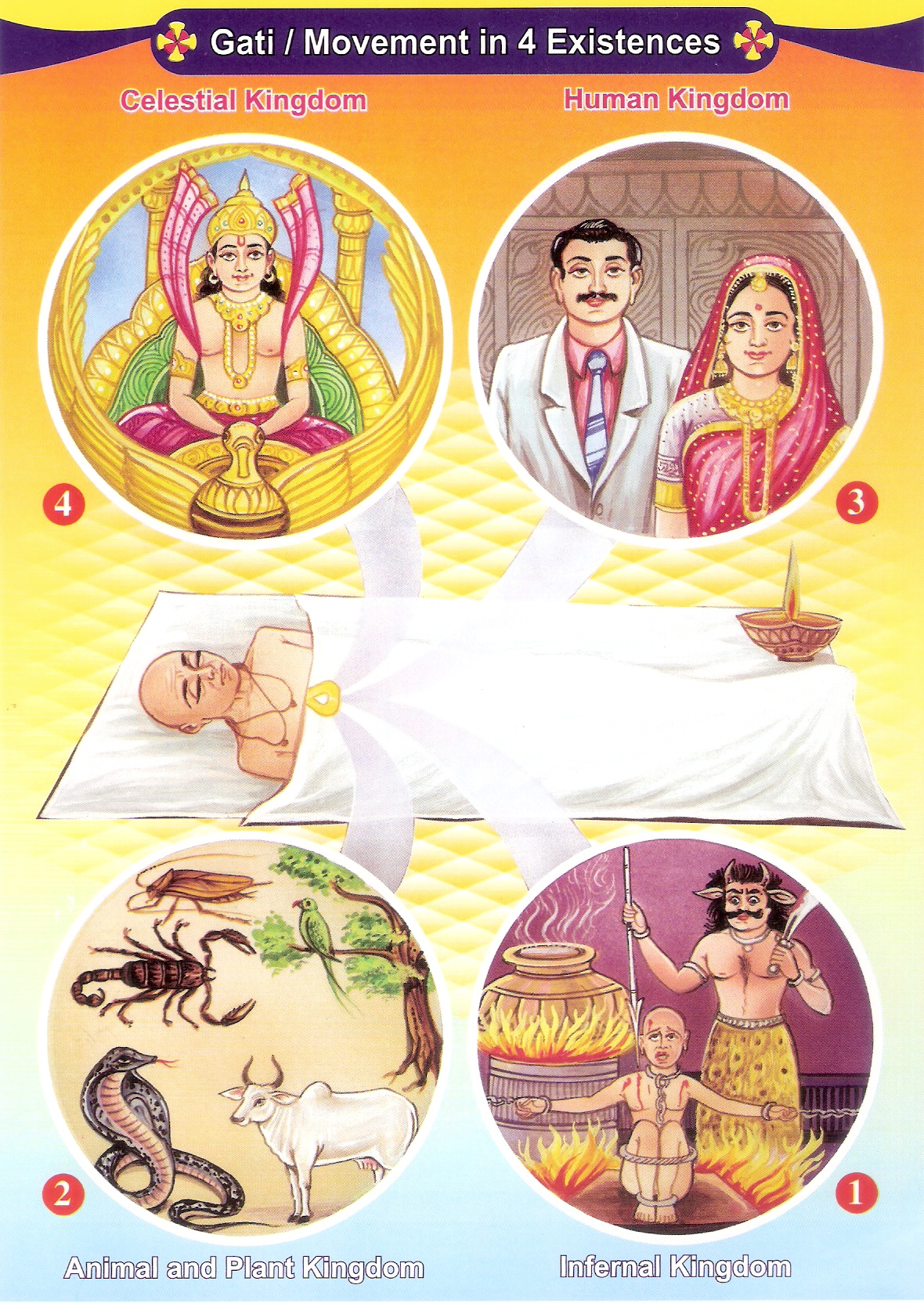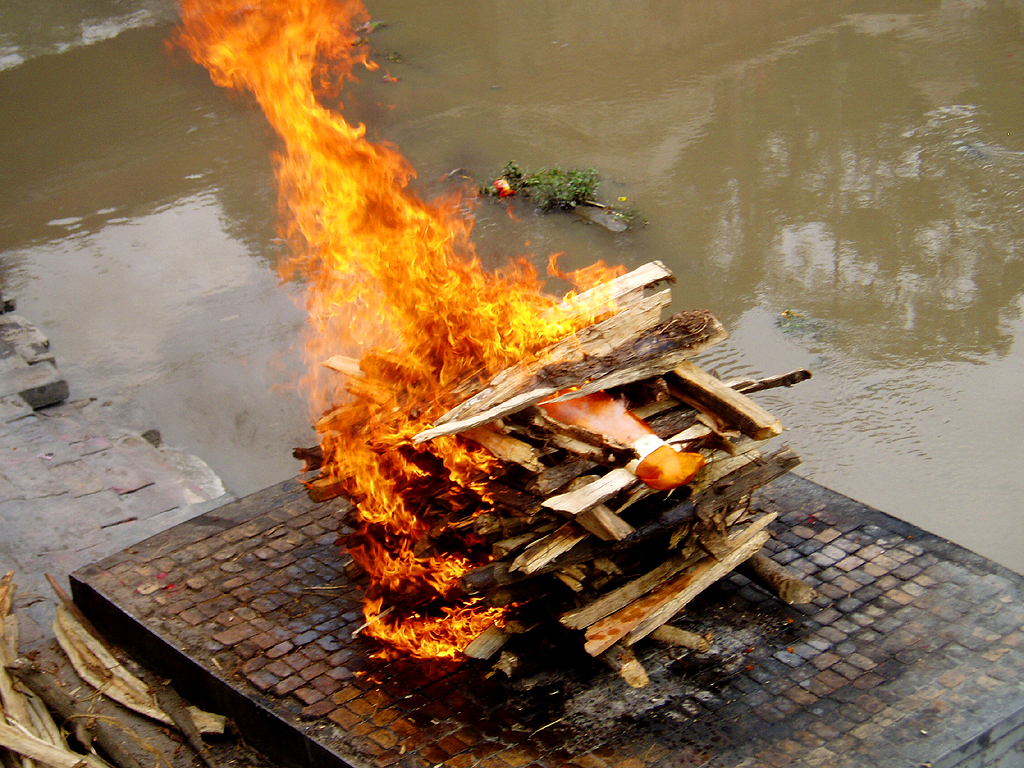|
Ngaben
Ngaben, also known as Pitra Yadnya, Pelebon or Cremation, cremation ceremony, is the Hindu funeral ritual of Bali, Indonesia. A Ngaben is performed to release the soul of a dead person so that it can enter the upper realm where it can wait for it to be reborn or become liberated from the cycles of reincarnation, rebirths. The Balinese Hindu theology holds that there is a competition between evil residents of the lower realm to capture this soul, and a proper cremation enhances the chance that it may reach the upper realm. A quick Ngaben is preferred, but usually too expensive. In Balinese culture, people go through an interim state where they bury the dead for a while usually near ''Pura Prajapati'', pool funds and cremate many recently dead on the same day in an elaborate community-based Ngaben ceremony. Once the families are financially ready, they select an auspicious day, make ''bade'' (coffins) to carry the dead, and announce the event in the village. The families also make ... [...More Info...] [...Related Items...] OR: [Wikipedia] [Google] [Baidu] [Amazon] |
Gamelan Music
Gamelan (; ; , ; ) is the traditional ensemble music of the Javanese, Sundanese, and Balinese peoples of Indonesia, made up predominantly of percussive instruments. The most common instruments used are metallophones (played with mallets) and a set of hand-drums called ''kendang'', which keep the beat. The '' kemanak'', a banana-shaped idiophone, and the '' gangsa'', another metallophone, are also commonly used gamelan instruments on Bali. Other notable instruments include xylophones, bamboo flutes (similar to the Indian ''bansuri''), a bowed string instrument called a ''rebab'' (somewhat similar to the '' gadulka'' of Bulgaria), and a zither-like instrument called a '' siter'', used in Javanese gamelan. Additionally, vocalists may be featured, being referred to as '' sindhen'' for females or '' gerong'' for males.Sumarsam (1998)''Introduction to Javanese Gamelan''. Middletown. Although the popularity of gamelan has declined slightly since the introduction of moder ... [...More Info...] [...Related Items...] OR: [Wikipedia] [Google] [Baidu] [Amazon] |
Bali
Bali (English:; Balinese language, Balinese: ) is a Provinces of Indonesia, province of Indonesia and the westernmost of the Lesser Sunda Islands. East of Java and west of Lombok, the province includes the island of Bali and a few smaller offshore islands, notably Nusa Penida, Nusa Lembongan, and Nusa Ceningan to the southeast. The provincial capital, Denpasar, is the List of Indonesian cities by population, most populous city in the Lesser Sunda Islands and the second-largest, after Makassar, in Eastern Indonesia. Denpasar metropolitan area is the extended metropolitan area around Denpasar. The upland town of Ubud in Greater Denpasar is considered Bali's cultural centre. The province is Indonesia's main tourist destination, with a significant rise in Tourism in Bali, tourism since the 1980s, and becoming an Indonesian area of overtourism. Tourism-related business makes up 80% of the Bali economy. Bali is the only Hinduism in Indonesia, Hindu-majority province in Indonesia, ... [...More Info...] [...Related Items...] OR: [Wikipedia] [Google] [Baidu] [Amazon] |
Cremation
Cremation is a method of Disposal of human corpses, final disposition of a corpse through Combustion, burning. Cremation may serve as a funeral or post-funeral rite and as an alternative to burial. In some countries, including India, Nepal, and Syria, cremation on an Pyre, open-air pyre is an ancient tradition. Starting in the 19th century, cremation was introduced or reintroduced into other parts of the world. In modern times, cremation is commonly carried out with a Crematorium, closed furnace (cremator), at a crematorium. Cremation leaves behind an average of of remains known as ''ashes'' or ''cremains''. This is not all ash but includes unburnt fragments of bone mineral, which are commonly ground into powder. They are inorganic and inert, and thus do not constitute a health risk and may be buried, interred in a memorial site, retained by relatives or scattered in various ways. History Ancient Cremation dates from at least 17,000 years ago in the archaeological record, w ... [...More Info...] [...Related Items...] OR: [Wikipedia] [Google] [Baidu] [Amazon] |
Cremation Parade In Bedulu Bali Indonesia
Cremation is a method of final disposition of a corpse through burning. Cremation may serve as a funeral or post-funeral rite and as an alternative to burial. In some countries, including India, Nepal, and Syria, cremation on an open-air pyre is an ancient tradition. Starting in the 19th century, cremation was introduced or reintroduced into other parts of the world. In modern times, cremation is commonly carried out with a closed furnace (cremator), at a crematorium. Cremation leaves behind an average of of remains known as ''ashes'' or ''cremains''. This is not all ash but includes unburnt fragments of bone mineral, which are commonly ground into powder. They are inorganic and inert, and thus do not constitute a health risk and may be buried, interred in a memorial site, retained by relatives or scattered in various ways. History Ancient Cremation dates from at least 17,000 years ago in the archaeological record, with the Mungo Lady, the remains of a partly cremated bod ... [...More Info...] [...Related Items...] OR: [Wikipedia] [Google] [Baidu] [Amazon] |
Balinese Culture
The Balinese people (, ) are an Austronesian people, Austronesian ethnic group native to the Indonesian island of Bali. The Balinese population of 4.2 million (1.7% of Indonesia's population) live mostly on the island of Bali, making up 89% of the island's population. There are also significant populations on the island of Lombok and in the easternmost regions of Java (island), Java (e.g. the regency of Banyuwangi). The Balinese are distinctive amongst Indonesian ethnic groups for their adherence to Balinese Hinduism rather than Sunni Islam. Origins The Balinese originated from three periods of migration. The first waves of immigrants came from Java and Kalimantan in prehistoric times and were of Proto-Malay stock. The second wave of Balinese came slowly over the years from Java during the Hindu period. The third and final wave came from Java, between the 15th and 16th centuries, about the same time as the conversion to Islam in Java, causing aristocrats and peasants to flee to B ... [...More Info...] [...Related Items...] OR: [Wikipedia] [Google] [Baidu] [Amazon] |
Hindu Funeral
Antyesti (IAST: Antyeṣṭi, ), also known as Antima Samskara, Antya-kriya, Anvarohanyya, or as Vahni Samskara,Antayesti Cologne Sanskrit Digital Lexicon, Germany literally means "last sacrifice" or "final auspicious ceremony", and refers to the funeral rites for the dead in Hinduism, which usually involves cremation of the body. This rite of passage is the last samskara in a series of traditional life cycle Sanskara (rite of passage), samskaras that start from conception in Hindu tradition. The details of the Antyesti ceremony depend on the region, social group, gender and age of the dead.J Fowler (1996), Hinduism: Beliefs and Practices, Sussex Academic Press, , pp. 59-60 Etymology ''Antyeṣṭi'' (अन्त् ...[...More Info...] [...Related Items...] OR: [Wikipedia] [Google] [Baidu] [Amazon] |
Reincarnation
Reincarnation, also known as rebirth or transmigration, is the Philosophy, philosophical or Religion, religious concept that the non-physical essence of a living being begins a new lifespan (other), lifespan in a different physical form or physical body, body after biological death. In most beliefs involving reincarnation, the soul of a human being is immortality, immortal and does not disperse after the physical body has perished. Upon death, the soul merely becomes transmigrated into a newborn baby or into an animal to continue its immortality. (The term "transmigration" means the passing of a soul from one body to another after death.) Reincarnation (''punarjanman'') is a central tenet of Indian religions such as Hinduism, Buddhism, Jainism, and Sikhism. In various forms, it occurs as an esoteric belief in many streams of Judaism, in certain Paganism, pagan religions (including Wicca), and in some beliefs of the Indigenous peoples of the Americas and of Australian ... [...More Info...] [...Related Items...] OR: [Wikipedia] [Google] [Baidu] [Amazon] |
Ubud Cremation 5
Ubud () is a town in the Gianyar Regency of Bali, Indonesia. Ubud has no status, that is part of the eponymous Ubud District of Gianyar. Promoted as an arts and culture centre, Ubud has developed a large tourism industry. It forms a northern part of the Greater Denpasar metropolitan area (known as ''Sarbagita''). Ubud is an administrative district (''kecamatan'') with a population of 74,800 (as of the 2020 Census)Badan Pusat Statistik, Jakarta, 2021. in an area of 42.38 km2. The central area of Ubud ''desa'' (village) has a population of 11,971 and an area of 6.76 km2, and receives more than three million foreign tourists each year. The area surrounding the town is made up of farms, rice paddies, agroforestry plantations, and tourist accommodations. As of 2018, more tourists visited Ubud than Denpasar to the south. History Eighth-century legend tells of a Javanese priest, Rsi Markandya, who meditated at the confluence of two rivers (an auspicious site for Hindus ... [...More Info...] [...Related Items...] OR: [Wikipedia] [Google] [Baidu] [Amazon] |
Mythical
Myth is a genre of folklore consisting primarily of narratives that play a fundamental role in a society. For scholars, this is very different from the vernacular usage of the term "myth" that refers to a belief that is not true. Instead, the veracity of a myth is not a defining criterion. Myths are often endorsed by religious (when they are closely linked to religion or spirituality) and secular authorities. Many societies group their myths, legends, and history together, considering myths and legends to be factual accounts of their remote past. In particular, creation myths take place in a primordial age when the world had not achieved its later form. Origin myths explain how a society's customs, institutions, and taboos were established and sanctified. National myths are narratives about a nation's past that symbolize the nation's values. There is a complex relationship between recital of myths and the enactment of rituals. Etymology The word "myth" comes from Ancient ... [...More Info...] [...Related Items...] OR: [Wikipedia] [Google] [Baidu] [Amazon] |
Funeral Of Bali Hinduism バリ島の葬儀 DSCF2486
A funeral is a ceremony connected with the final disposition of a corpse, such as a burial or cremation, with the attendant observances. Funerary customs comprise the complex of beliefs and practices used by a culture to remember and respect the dead, from interment, to various monuments, prayers, and rituals undertaken in their honour. Customs vary between cultures and religious groups. Funerals have both normative and legal components. Common secular motivations for funerals include mourning the deceased, celebrating their life, and offering support and sympathy to the bereaved; additionally, funerals may have religious aspects that are intended to help the soul of the deceased reach the afterlife, resurrection or reincarnation. The funeral usually includes a ritual through which the corpse receives a final disposition. Depending on culture and religion, these can involve either the destruction of the body (for example, by cremation, sky burial, decomposition, disintegration o ... [...More Info...] [...Related Items...] OR: [Wikipedia] [Google] [Baidu] [Amazon] |
Antyesti
Antyesti (IAST: Antyeṣṭi, ), also known as Antima Samskara, Antya-kriya, Anvarohanyya, or as Vahni Samskara,Antayesti Cologne Sanskrit Digital Lexicon, Germany literally means "last sacrifice" or "final auspicious ceremony", and refers to the funeral rites for the dead in , which usually involves of the body. This rite of passage is the last samskara in a series of traditional life cycle samskaras that start from con ... [...More Info...] [...Related Items...] OR: [Wikipedia] [Google] [Baidu] [Amazon] |










